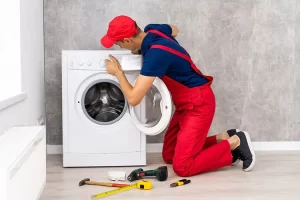Determining the Amperage of a Washing Machine: A Guide
Introduction:
Importance of Understanding Washing Machine Amperage
Knowing the amperage of your washing machine is crucial for ensuring the safe operation of your appliance and preventing electrical overloads. Each washing machine model has different electrical requirements, and understanding its amperage allows you to properly size the electrical circuit and choose the appropriate wiring, breaker, and outlet. In this comprehensive guide, we will explore the factors that determine the amperage of a washing machine and provide step-by-step instructions for finding this information. By following these guidelines, you can ensure a safe and efficient electrical setup for your washing machine.
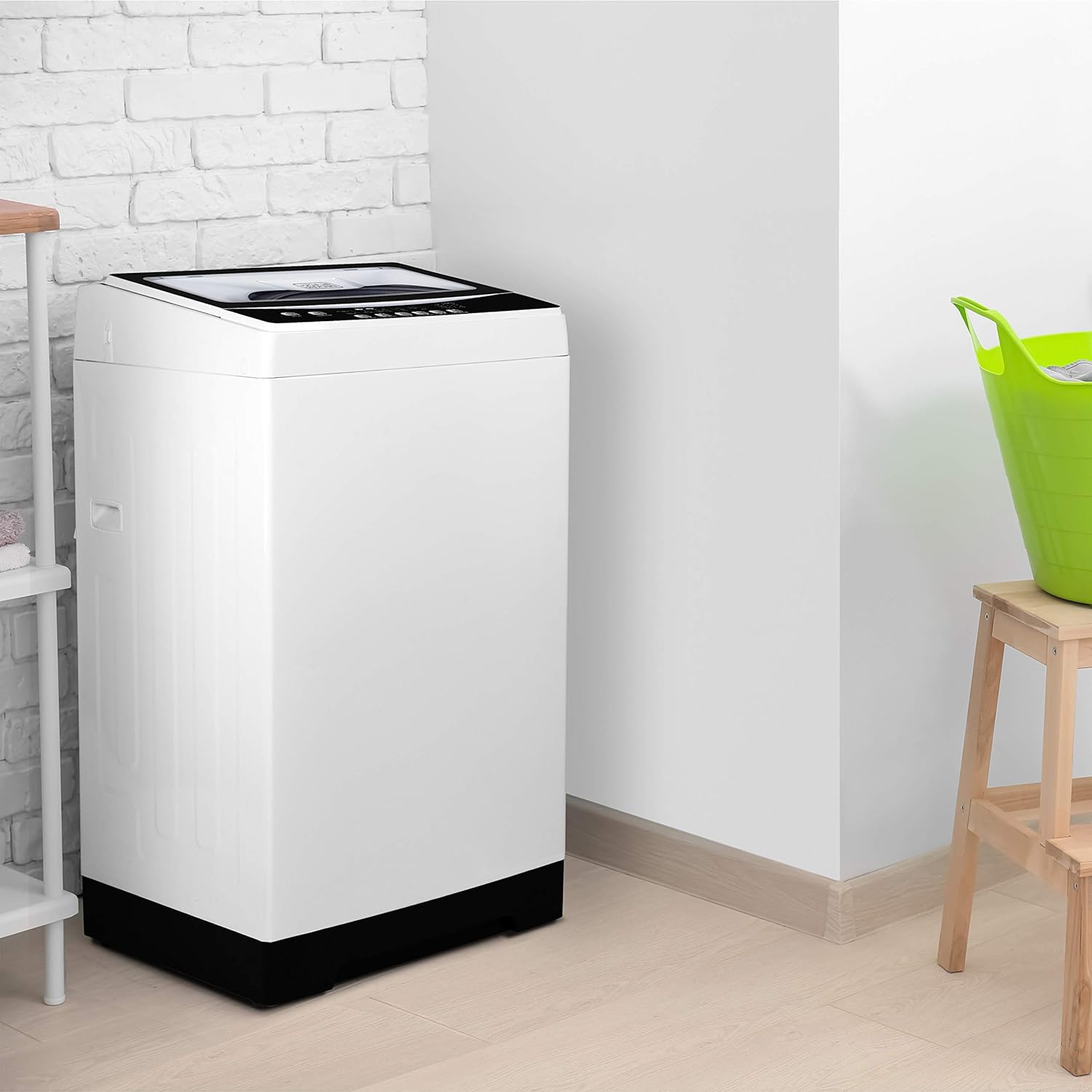
Determining the Amperage of a Washing Machine: A Comprehensive Guide
-
Refer to the Manufacturer’s Manual or Specifications
a. Look for the manual: The first step in determining the amperage of your washing machine is to consult the manufacturer’s manual or documentation. These materials usually provide specific information about the electrical requirements, including the amperage rating.
b. Check the specifications: If you don’t have access to the manual, look for the specifications sticker or plate on the washing machine itself. This label, often located on the back or side of the appliance, typically displays important electrical information, including the amperage.
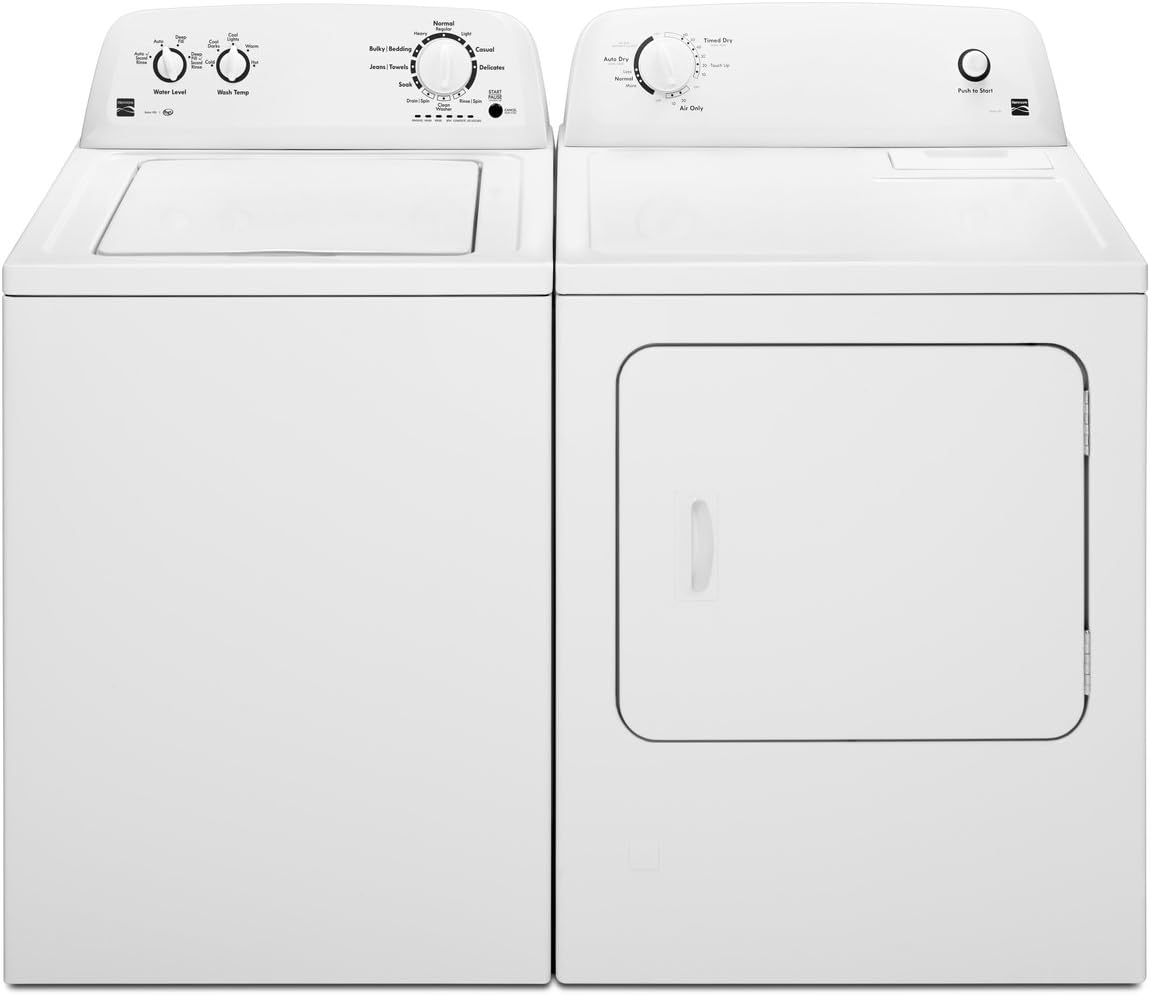
-
Understanding Amperage and Electrical Ratings
a. What is amperage: Amperage, commonly measured in amperes (amps), refers to the amount of electrical current flowing through a circuit. Each electric appliance has a specific amperage requirement, which determines the capacity of the electrical circuit needed to power it safely.
b. Matching circuit rating: The amperage of the washing machine determines the rating of the electrical circuit components, such as the wiring, breaker, and outlet. It is essential to match the circuit rating with the appliance’s amperage to prevent overloading and ensure safe operation.
c. Consider other appliances: Remember that the washing machine’s amperage isn’t the sole factor in determining the circuit load. If other appliances share the same circuit, calculate their individual amperages and add them to find the total load.
-
Calculating the Amperage Using Power Consumption
a. Identify the power consumption rating: If you are unable to find the amperage directly, you can calculate it using the power consumption rating of your washing machine. The power consumption is typically expressed in watts (W) and can be found in the manual or specifications.
b. Convert watts to amperes: To convert power consumption from watts to amperes, divide the power consumption (in watts) by the voltage rating of your electrical system. Most residential systems operate on 120 volts or 240 volts, but check your system to ensure accuracy.
c. Example calculation: For instance, if a washing machine consumes 1500 watts and you have a 120-volt system, divide 1500 by 120 to calculate the amperage. In this case, the amperage would be 12.5 amps.
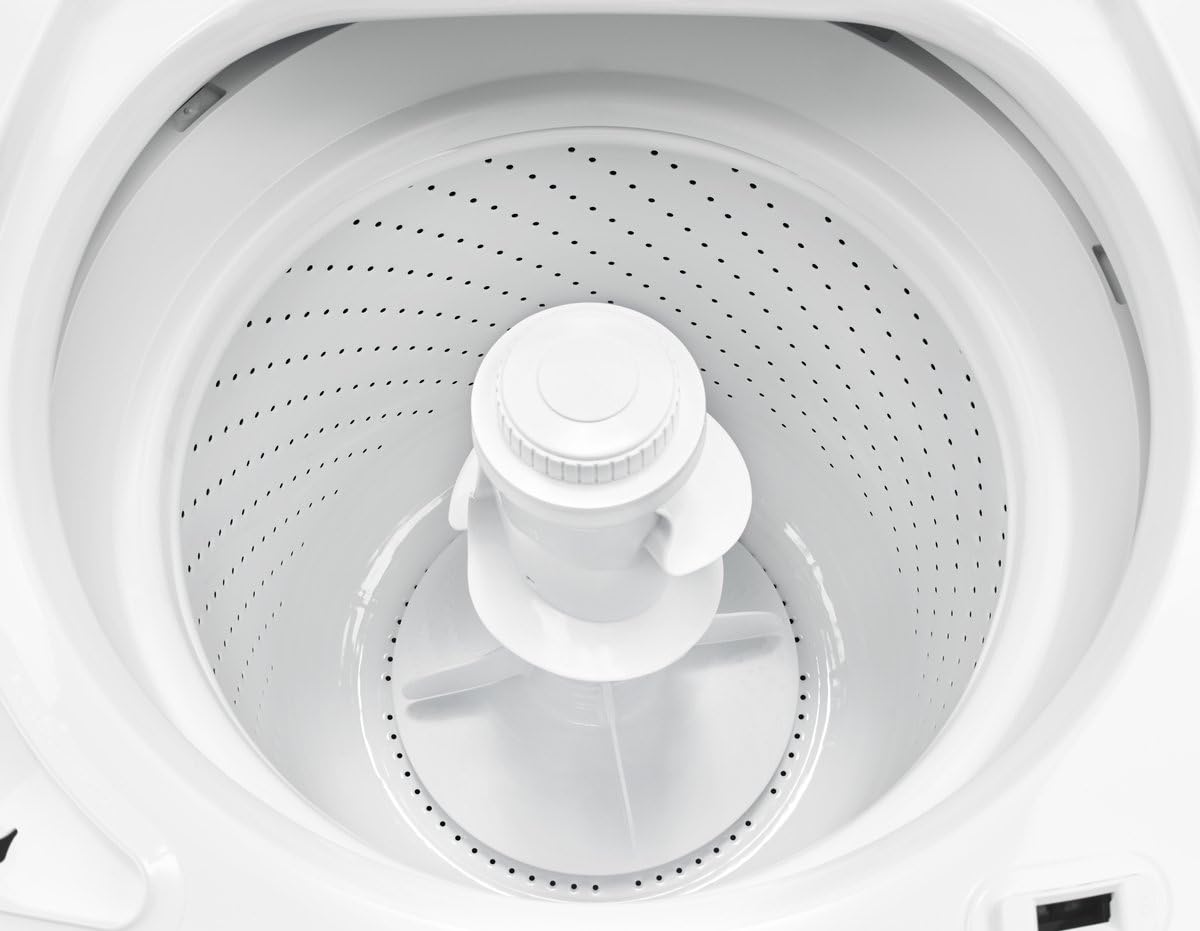
-
Measuring Amperage with a Clamp Meter
a. Understand clamp meters: A clamp meter is a useful tool for measuring the actual amperage a washing machine draws while in operation. It involves clamping the meter around one of the electrical wires connected to the washing machine to measure the current flowing through it.
b. Safety precautions: Before attempting to measure the amperage, ensure you have a good understanding of electrical safety. Cut off power to the washing machine at the circuit breaker and follow safe practices when handling electrical components.
c. Clamp meter procedure: Set the clamp meter to the appropriate amperage range for your washing machine. Open the clamp and position it around one of the wires connected to the washing machine, making sure it encloses the wire completely. Turn on the washing machine and observe the meter to obtain the amperage reading.
-
Professional Assistance and Electrical Codes
a. Consult an electrician: When unsure or uncomfortable with measuring the amperage yourself, it’s best to seek assistance from a licensed electrician. They have the expertise and equipment to accurately determine the amperage and ensure a safe electrical setup for your washing machine.
b. Adhere to electrical codes: When installing or modifying the electrical circuit for your washing machine, it is essential to adhere to local electrical codes and regulations. Compliance with these codes ensures the safety and efficiency of the electrical system.
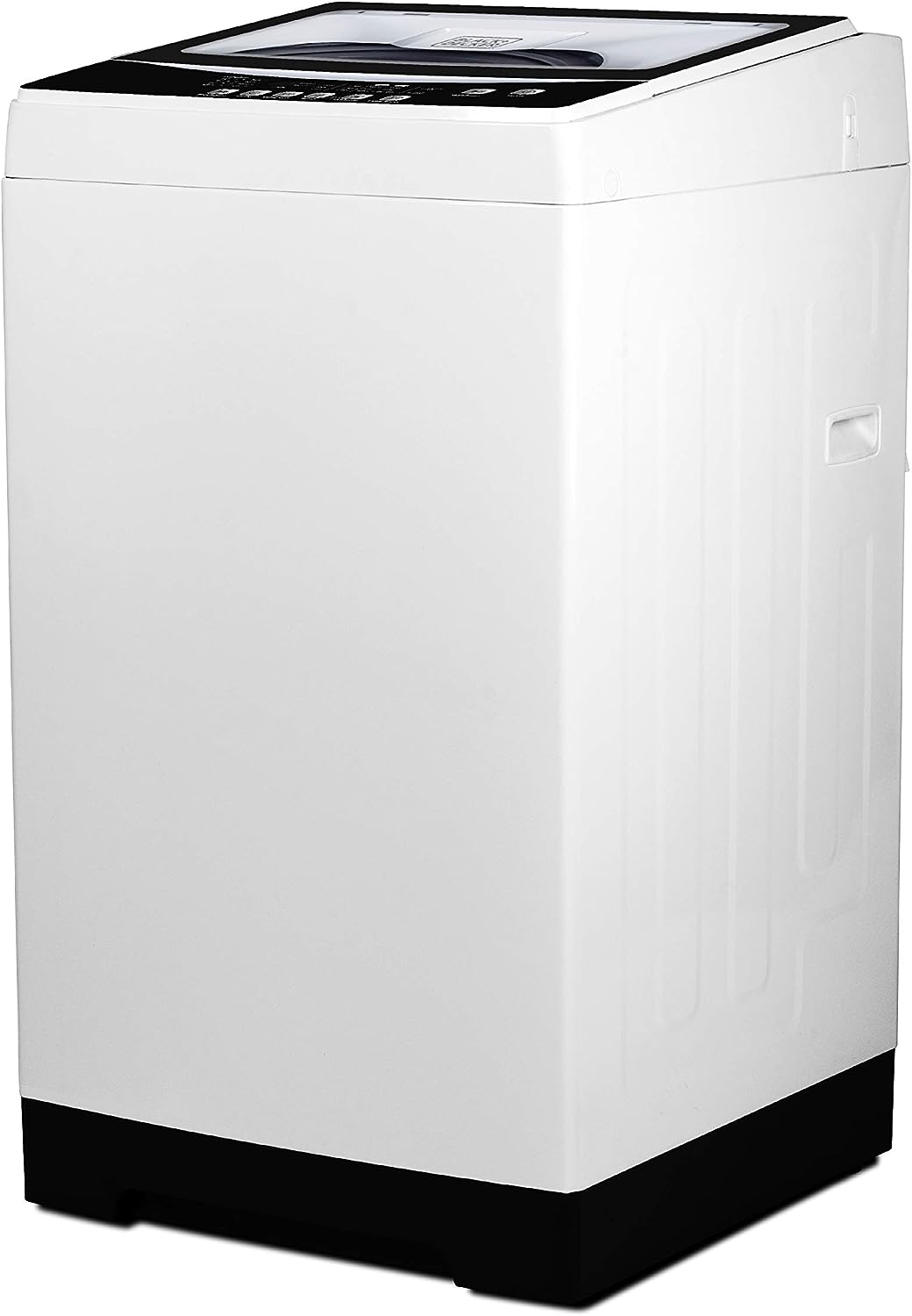
-
Sizing the Electrical Circuit
a. Choose the right breaker: The breaker safeguards the circuit from overloading. Match the breaker’s amperage rating to your washing machine and ensure compatibility with the wire size in the circuit.
b. Consider outlet compatibility: Ensure that the electrical outlet used for your washing machine is compatible with the circuit and breaker size. Choose an outlet that is rated for the corresponding amperage and is compatible with the plug of your washing machine.
-
Upgrading the Electrical System
a. Assess the existing electrical system: If your current electrical system is unable to accommodate the amperage of your washing machine, you may need to upgrade the system. This could involve replacing the electrical panel, wiring, or adding a dedicated circuit for the washing machine.
b. Consult a professional electrician: Upgrading the electrical system can be complex and potentially hazardous.
-
Safety Considerations and Maintenance
a. Prioritize electrical safety when working with washing machine amperage or any electrical components. Always turn off power at the circuit breaker and use appropriate safety gear and insulated tools.
b. Regular maintenance: Maintain the electrical system and washing machine according to the manufacturer’s recommendations. Periodically inspect the wiring, outlets, and breaker connections to ensure they are in good condition and free from damage or wear.
c. Prioritize professional assistance: If you experience any electrical issues or are unsure about any aspect of your washing machine’s electrical setup, it is best to consult a professional electrician. They can diagnose and troubleshoot any problems and ensure the continued safe operation of your washing machine.
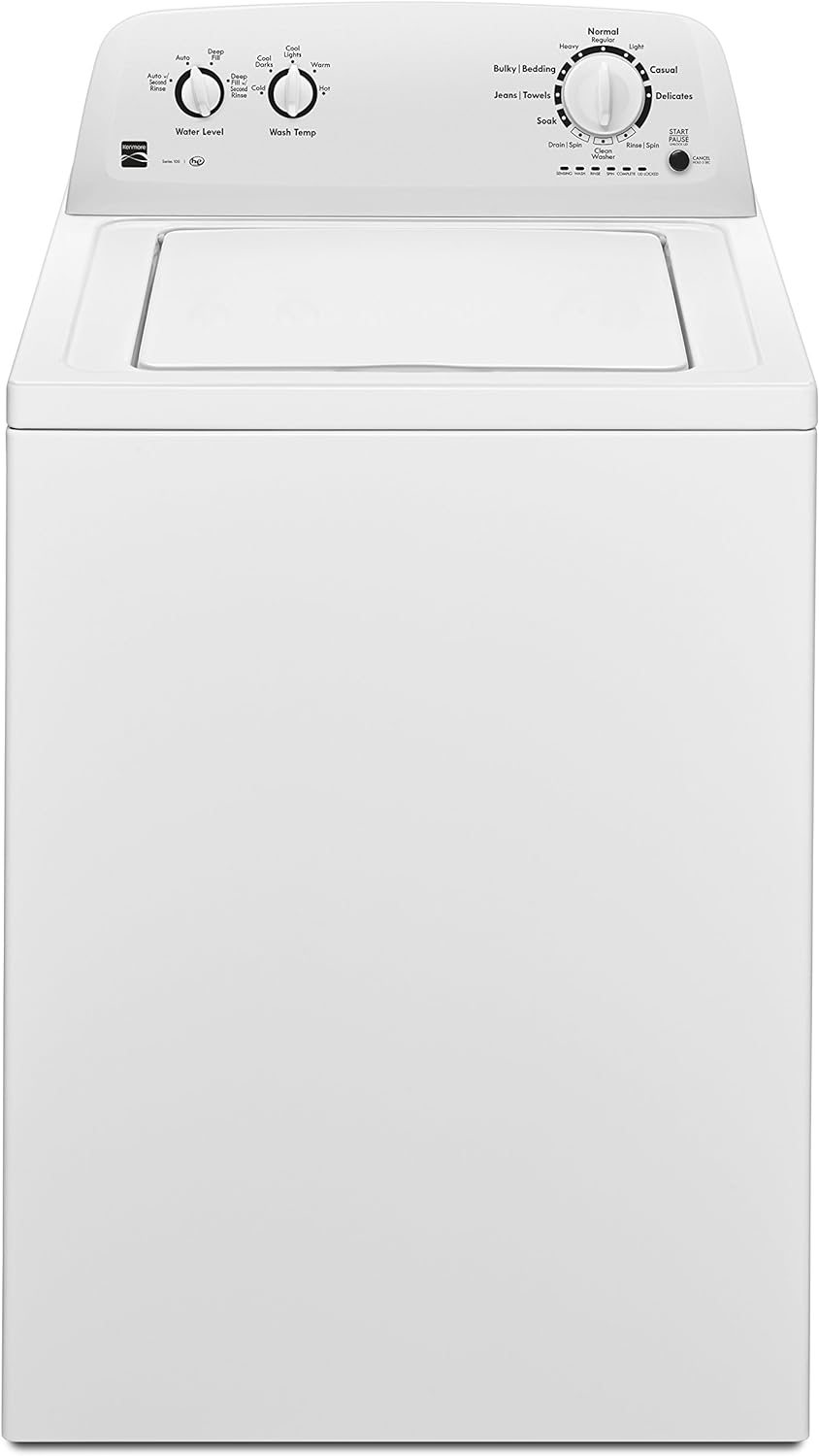
Conclusion: Safe and Efficient Washing Machine Operation
To ensure a safe and efficient electrical setup for your washing machine, determine its amperage. Consult the manufacturer’s documentation, calculate power consumption, or use a clamp meter. This helps with wiring decisions, breaker sizing, and outlet selection. Follow safety precautions, consult professionals when needed, and adhere to electrical codes. With proper amperage and a well-designed electrical system, your washing machine can operate reliably and safely for years.
